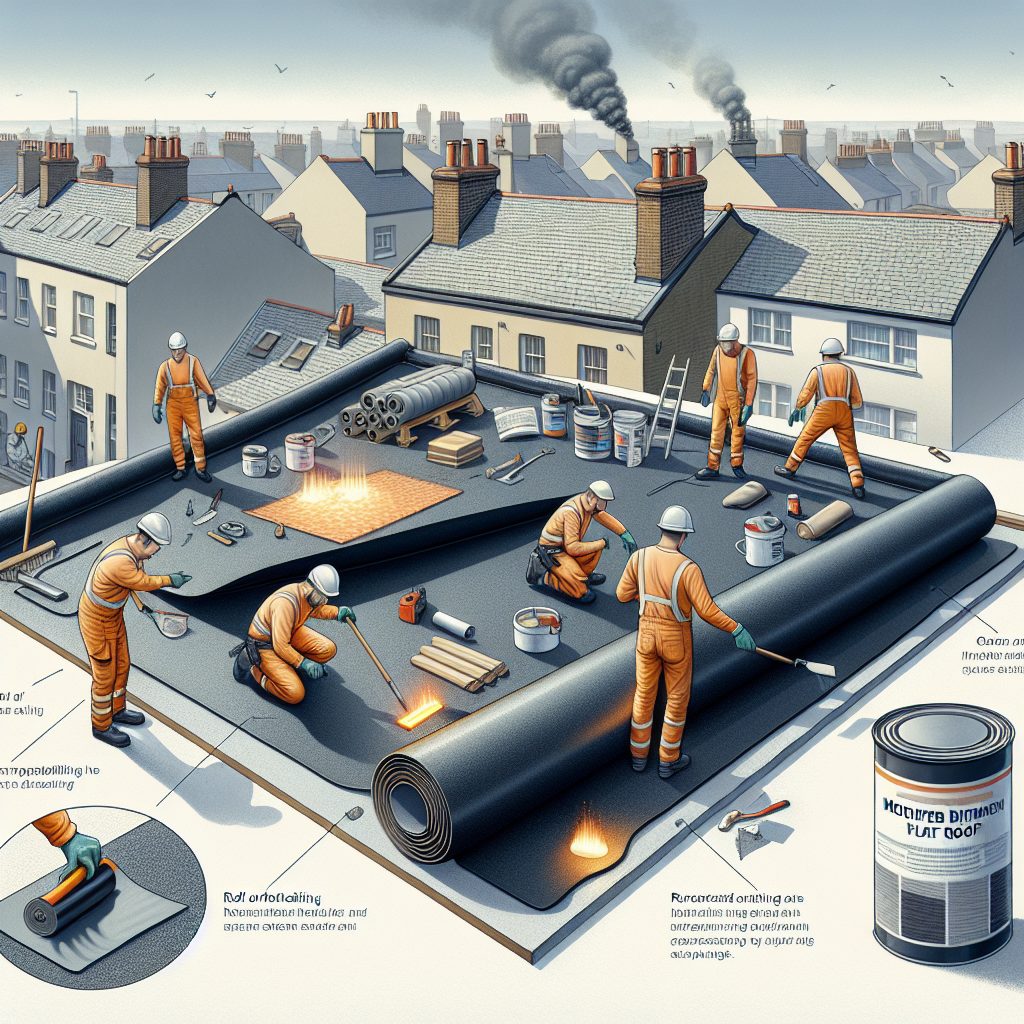Modified Bitumen Flat Roof: Materials and Installation Techniques
When it comes to roofing solutions, modified bitumen flat roofs are a popular choice due to their durability and versatility. In this article, we will explore the essential materials used in modified bitumen roofing and discuss effective installation techniques for modified bitumen. Whether you’re a homeowner or a roofing contractor, understanding these aspects can help ensure a successful roofing project.
Understanding Modified Bitumen Roofing
Modified bitumen roofing systems are designed to enhance the performance of traditional built-up asphalt roofs. They consist of a composite material that includes asphalt and modifiers, which provide added flexibility and resistance to harsh weather conditions. This type of roofing is particularly well-suited for flat or low-slope buildings.
Key Materials Used in Modified Bitumen Roofing
The success of a modified bitumen roofing project relies heavily on the quality of materials used. Here are the primary components:
- Bitumen: The base material, which is enhanced with modifiers for improved performance.
- Reinforcement: Typically made from fiberglass or polyester, reinforcement provides strength and stability.
- Adhesives: Certain adhesives are used for bonding layers together, ensuring a weather-tight seal.
- Granules: These are embedded in the top layer to provide UV protection and improve aesthetic appeal.
Installation Techniques for Modified Bitumen
Effectively installing modified bitumen is crucial for long-term performance. Below are some common installation techniques for modified bitumen roofing:
- Torch-Down Installation: This method involves heating the underside of the modified bitumen membrane, which then adheres directly to the substrate, creating a secure bond.
- Cold Adhesive Application: In this technique, a specialized adhesive is applied to bond the membrane to the roof surface without using heat.
- Self-Adhering Membranes: These products come with a peel-and-stick backing, making installation straightforward and reducing labor costs.
- Mechanical Fastening: This method involves using screws or plates to secure the membrane to the roof deck, ensuring a strong hold in windy conditions.
The Importance of Proper Installation Techniques
Using the right installation techniques for modified bitumen is essential to avoid common roofing problems, such as leaks and moisture damage. Properly installed roofs will also have enhanced longevity and performance. Engaging with skilled professionals ensures that your roofing system is installed to the highest standards, maximizing your investment.
Conclusion
Choosing modified bitumen for your flat roof can provide an effective solution to meet your roofing needs. With the right materials and installation techniques for modified bitumen, you can expect a durable and reliable roofing system. If you’re looking for quality roofing services, look no further than Aurora Promar Roofing. Our experienced team is dedicated to delivering top-notch service and craftsmanship.
Ready to enhance your roof’s durability with modified bitumen? Contact us today for a free estimate and let us help you achieve the best results for your roofing project!


